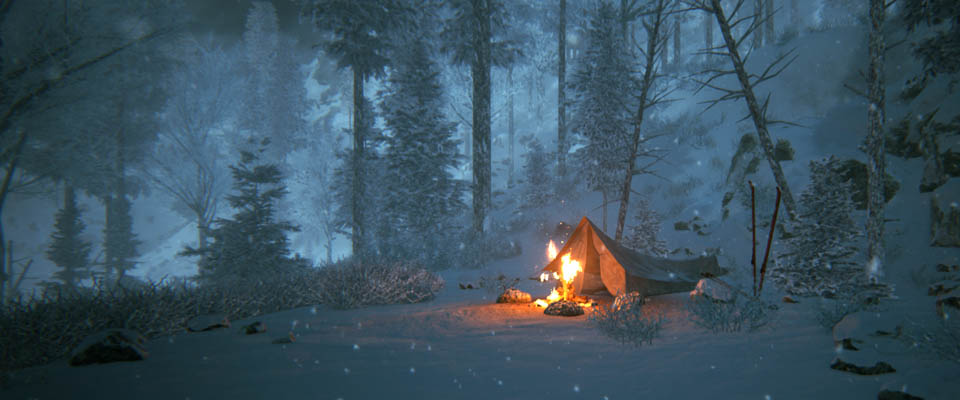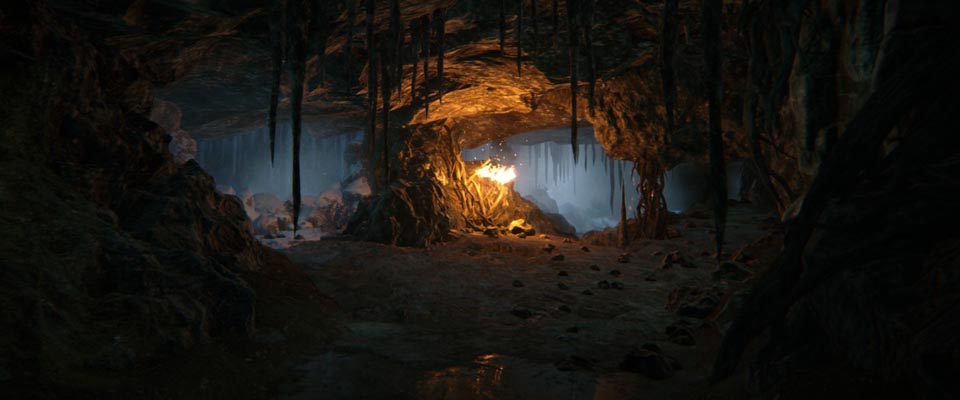Even to this very day, no one knows exactly what happened to the nine college students found dead upon the slopes of Kholat Syakhl in 1959. For more than half a century, the events of that fateful night have remained a mystery, commonly referred to as the Dyatlov Pass Incident.
What puzzled authorities the most was the state in which the bodies were eventually found, alongside several other disturbing pieces of evidence. Having set up camp on their expedition across the northern Urals, their tent was discovered in tatters. Although this may have been expected in a disappearance such as this, investigators were shocked to find that it had been cut from the inside out.
It’s believed that the hikers scattered, some fleeing into the mountains with nothing on their feet. What happened to them out there in wilderness is something we’re never likely to find out though foul play may have been involved. Either that or something much more sinister. Although most of the students had apparently died from hypothermia, three suffered fatal injuries without any signs of a struggle.
Whether an avalanche, military incident, or something much darker, it conjures up a fascinating mystery, making the perfect cornerstone for a horror game. It sounds fairly morbid, I know, yet Kholat does a great job of reeling you in with its premise. Although a work of fiction, there’s definitely something alluring about this journey as you seek the truth of what really happened.
We often try to keep things fairly light when it comes to story, but in a game such as Kholat, the narrative is its beating heart, around which every other aspect is formed. Besides, there’s really not much else going on in the game. With that in mind, “Dead Mountain” seems like an apt translation for Kholat Syakhl. Glossing over the macabre connotations, it helps to describe just how barren and empty this game can feel at times.
It’s yet another permutation of the first person horror and one that can be traced back to the likes of Slender and its numerous copycats. Completely void of any puzzles, combat, and platforming, there’s little else to do in Kholat but walk. Ok, maybe that’s a bit unfair – you can sprint too!
In all seriousness, there’s no more to Kholat than a snowy sandbox peppered with the occasional spooky landmark. From the very centre of Syakhl players are free to go in whatever direction they wish, pursuing one of several meandering paths that mesh together to create a confusing mountainous web.
This large expanse can be roughly divided into several areas, each with its own particular point of interest. Stumbling upon one of these abandoned sites will help to shed light on the mystery, as will reading the many journal entries scattered about the mountain. Having viewed all of them, players are briskly nudged towards a fairly unsatisfying finale before the credits start to roll.
Unless you fancy collecting every diary, there’s very little incentive to dive back in for a second run. There is also the gameplay (or lack thereof) to consider as well. With barely any actions mapped to the controller, Kholat quickly becomes a tedious orienteering sim. Where mini-maps are often used in games, players are given a map and compass instead. Admittedly, it does help to build up an authentic sense of setting, but the game’s plodding pace and penchant for spinning players around in a circle quickly becomes frustrating.
This level of annoyance is notched up that little bit higher thanks to Kholat’s handful of hazards, which include spike pits and strange gaseous creatures. Factor in long loading times and a sprint tied to limited stamina, and it can quickly becomes a chore to reach the end.
Although not a bad looking game, we’d strongly recommend playing the original PC version over its console counterparts. The desolate setting features some cool locales to uncover, yet these are somewhat marred by Kholat’s poor performance. During our playthrough, the framerate would dip regularly, sometimes sinking to an almost unplayable level. Of course, this has no impact on the audio, yet this part of the game does little to stand out, elevated only by Sean Bean’s sporadic narration.
What’s Good:
- Intriguing premise.
- Creepy locales.
What’s Bad:
- Dull core gameplay.
- Exhausting navigation.
- Ending is somewhat of an anticlimax.
- Performance issues on console.
It’s a shame because Kholat has one of the best horror game set-ups we’ve seen for quite some time. Not only that, the team at IMGN.PRO has clearly put effort into sculpting an spooky collection of vistas each dripping in atmosphere. Sadly, wedged between these tense moments is way too much filler. The mind-numbing map reading and navigation would have been easy to overlook if that only made up a small portion of the game. Instead, it forms this drab and unappealing bedrock that threatens to drag Kholat down whenever there isn’t something scripted happening on-screen.
Score: 4/10
Version Tested: PS4



Tuffcub
Oh that’s a shame, was looking forward to this.
Andrewww
Oops, that is a shame indeed. But why is it so different from the PC version? I’d expect performance issues maybe, but if they just ported it over, it should otherwise be the same, right?
tactical20
Had no interest in the game, but enjoyed reading about it all on Wiki!
JR.
Just watch the movie Devil’s Pass.